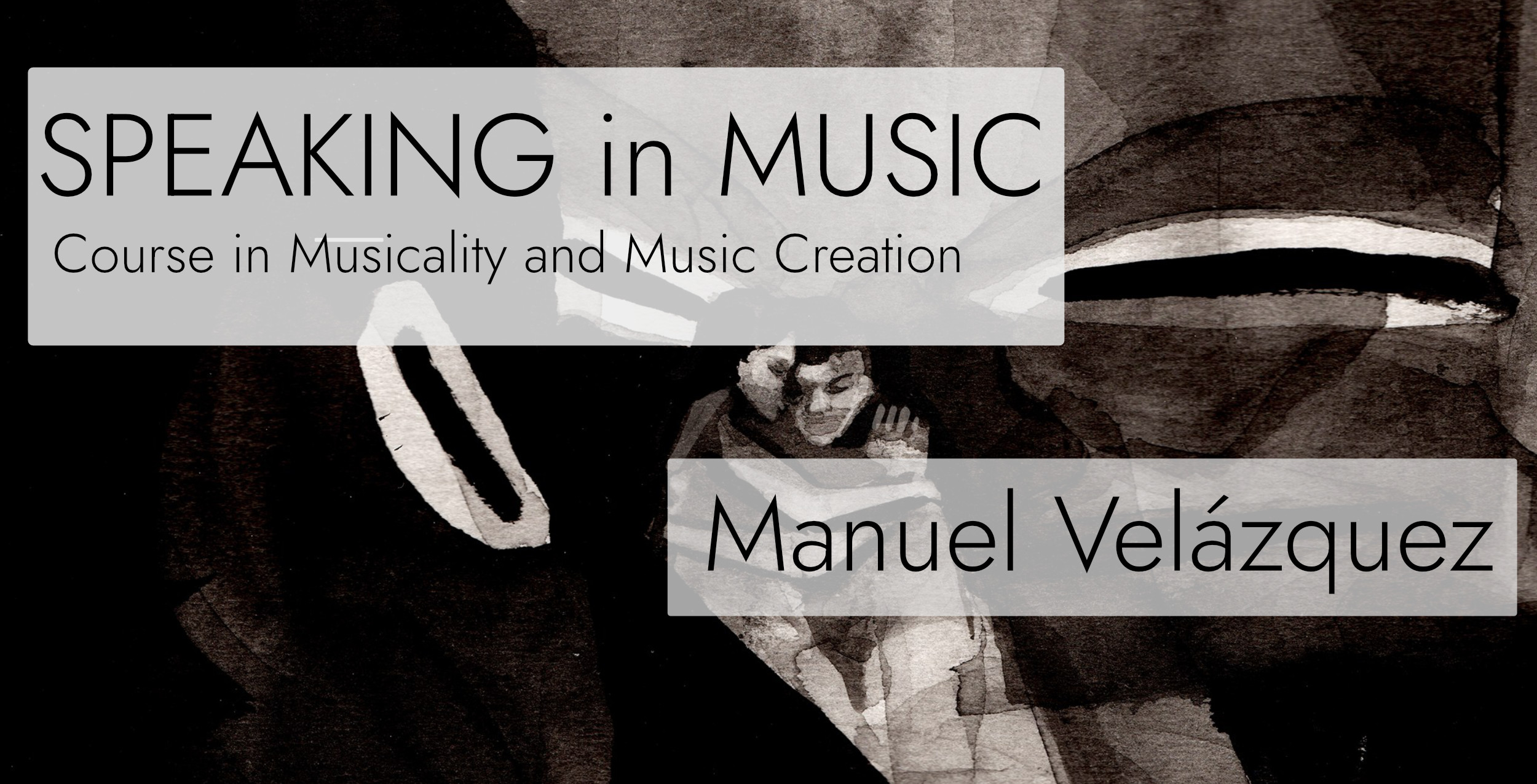MUSICALITY AND MUSIC CREATION
Develop your “musicality” through a profound understanding of music language.
We speak of “musicality” when someone, apart from their technical ability in an instrument or their knowledge of music theory, manages to easily create and develop musical ideas that connect with a listener. This ability is nothing more than an understanding (almost always an unconscious one) of how “musical discourses” are created. In this course, we will turn this understanding into a “conscious process” that allows us to begin a mastery of our musical ideas as composers, arrangers or improvisers.
This approach, created by Manuel Velázquez through years of research is a proposal to understand in a practical and deep way how music works as a language (regardless of style). These ideas are fresh and useful for anyone who wants to practice or understand music. From beginners to consummate professionals.
Courses and sessions will be online. Credentials will be sent over email after registration and payment confirmation.
About Manuel – www.manuelvelazquezmusic.com
Course details:
8 -> 1.5 hour group sessions
+
2 -> 30 mins individual sessions
Lessons: Mondays and Wednesdays 19:30 – 21hr (CET – Central Europe Time)
Start: Monday 17, May 2021
Duration: 4 Weeks
Language: English (para el curso en español click aquí)
Cost: 150 Eur
More info:
contact@ideas-block.com
SESSIONS
I INTRODUCTION: “The language of music”
What is music language? What are its elements? How are these elements related to each other?
Discursive elements in music
How are musical ideas created and how do they develop into musical discourses (songs, pieces, arrangements, improvisations)?
Limitation as a motor of musical creativity
II DISCURSIVE DEVELOPMENT OF RHYTHM: “The role of time in musical discourse”
What is rhythm? In what different ways can we understand it? How to use rhythmic principles to create and develop musical ideas
III “DISCURSIVE DEVELOPMENT OF THE MELODY “
the creation of melodies? Melody by scales vs Melody by What is a melody ?; Melodies vs “Tunes”; How to approach chords. “Atonal” melodies.
SESSIONS II
IV DISCURSIVE DEVELOPMENT OF HARMONY: “How to group sets of notes?”
“Harmony is not a series of rules that tell us which music is made “well”, or how music should be made. Harmony is a tool that allows us to understand how note combinations and their development work in different musical styles.”
What is the true importance of harmonic study? How
can I use my harmonic knowledge (no matter how extensive) to develop my musical
ideas?
V DISCURSIVE DEVELOPMENT OF THE TIMBRE: “Sculpting sound”
What is the timbre in music?; Timbral musical ideas; the use of timbre as an accentuation of melodic, harmonic or rhythmic ideas.
VI DISCURSIVE DEVELOPMENT OF TEXTURE
What is texture in music ?; Textural musical ideas; Different types of Texture: rhythmic texture, timbral texture, melodic texture, harmonic texture.
VII THE MUSICAL FORM
The organization of musical ideas as the ultimate way to convey meaning through music.
VIII EPILOGUE: “What to do with all of this”
Understand my musical ideas in order to develop them, have control of my use of musical language.




One thought on “SPEAKING IN MUSIC | Music composition”